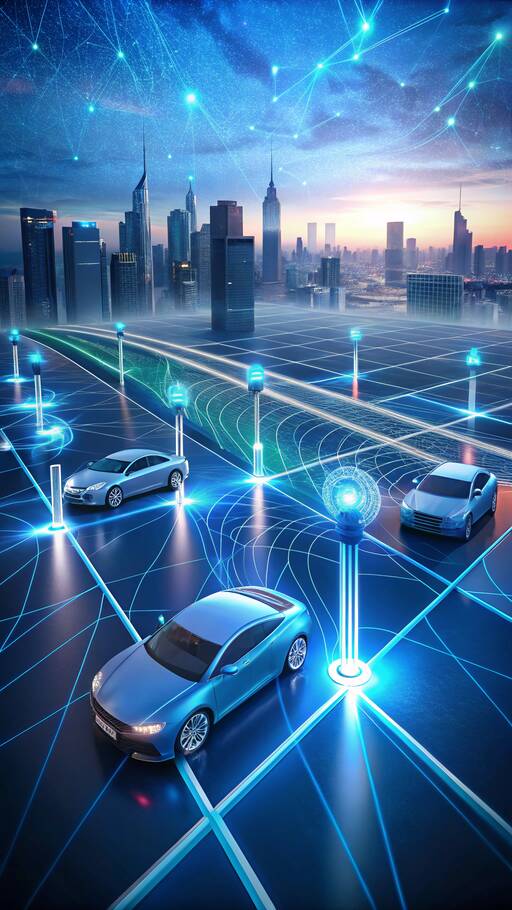
Implementing VGI on a large scale poses several challenges:
- Utility Preparedness: Utility companies must be ready to accommodate bidirectional energy flows.
- Critical Mass of EVs: A sufficient number of EVs must be available to participate in grid integration.
Despite the futuristic promise of V2G, real-world application has lagged, limited to small-scale trials and pilot projects.
To turn VGI into a reality, the DOE has developed a strategy based on three core pillars:
1. Scaling Up from Pilots:
- Support flexible charge management functions.
- Enhance data sharing among states and promote grid reliability.
2. Facilitating Decision-Making:
- Engage stakeholders, including automakers, regulators, and utility companies.
- Encourage collaboration and data exchange to accelerate VGI progress.
3. Advancing Technology:
- Foster the development of innovative systems.
- Create pathways for deploying new technology efficiently.
One critical issue the DOE addresses is the need for a compelling business case for EV owners to engage in VGI. It's not just about technology but also incentivizing EV owners to contribute their vehicle's energy storage to the grid.
- Communication Systems: Ensuring that EVs can interact seamlessly with the grid.
- Regional Integration: Employ vehicle-to-building charging as a practical step forward.
- Infrastructure Synchronization: Align efforts among automakers, homes, and utilities without exorbitant costs.
The DOE envisions a future by 2030 where millions of EVs are integrated into the grid, resulting in:
- Affordable Electricity: Reducing electricity costs through better grid asset utilization.
- Economic EV Charging: Making EV charging accessible and inexpensive for all.
Achieving VGI will require innovation across various domains involving automakers, utilities, and technology developers. The DOE's roadmap encourages tackling significant hurdles collaboratively, aiming for a future of seamless vehicle-grid interaction.
In summary, the DOE's initiative outlines a clear path toward widespread vehicle grid integration, setting the stage for a sustainable and interconnected energy landscape by 2030.